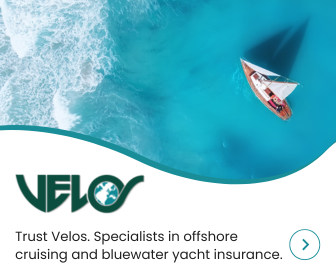A distress call from remote Raja Ampat
Friday night, 21 February 2025: Miranda Baker and Elliot Russo are anchored inside an isolated coral reef lagoon in remote West Papua—hundreds of miles from medical help. Around 01:30 AM, Elliot wakes up paralysed on one side—an ominous stroke warning. In a panic, they hunt for aspirin (absent from their medical kit) as Elliot begins losing facial control and speech. The realization hits: in a far‑flung anchorage, a stroke at night is catastrophic. Miranda scrambles, calm in the chaos, guiding Elliot through each terrifying moment.
A community united across the miles
With no helicopter available and mobile service dead, Miranda uses Starlink to alert insurance, then Maydays and texts to the only contact she knows—Wick, from Sorong marina, 125 km away. As dawn breaks, Wick mobilizes a rescue team: two fellow cruisers step forward, others ready search-and-rescue boats, police arrive in homemade uniforms, and medics prepared. While Miranda tends to both Elliot and their beloved steel-hulled Mason 48 Fortaleza, the network of support arrives. A rescue boat reaches them by mid-afternoon and evacuates Elliot to Sorong hospital.
Lessons for offshore cruisers
Miranda and Elliot, now well and recovering, offer crucial takeaways for long-distance sailors: Starlink (or inReach) connectivity is essential; always carry aspirin—but only use it under professional advice; insurance matters—you can’t rely on a Mayday alone; have emergency contact numbers and channels handy; consider leaving VHF on overnight or opening quieter channels; label your medical kit clearly; and above all—plan for the kindness of others. Their story is a powerful reminder that offshore cruising isn’t just navigation and drills—it’s also community, preparation, and clear thinking when disaster strikes.




